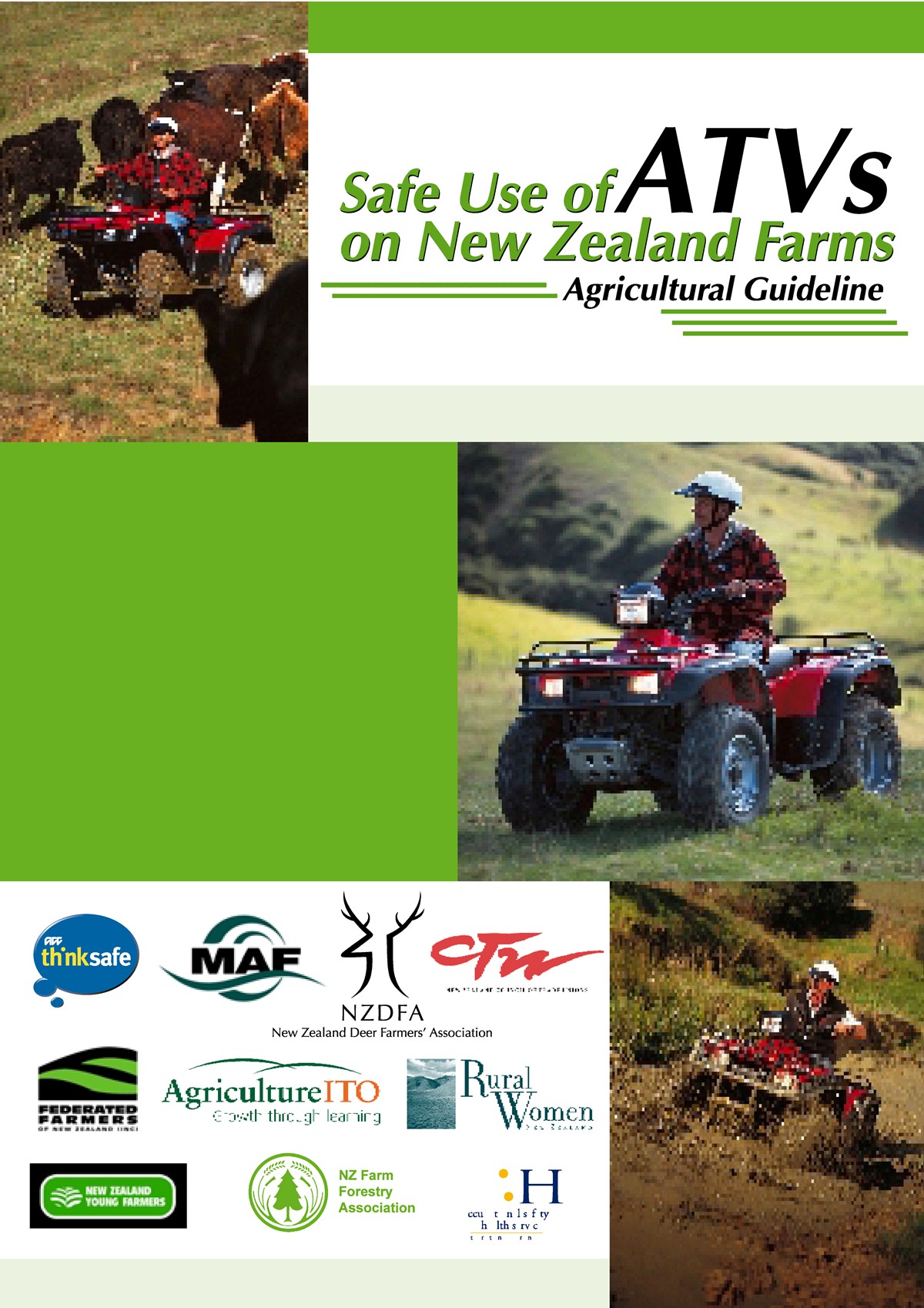On 19 January 2010 EuroFound began the fieldwork necessary for the next in its series of surveys of working conditions in Europe. According to the media release:
“Eurofound launches the fieldwork for the fifth European Working Conditions Survey, involving face-to-face interviews of workers in 34 European countries. This critical and timely research tracks the current state of working conditions in Europe, highlights the quality of work and employment, and monitors changing trends. The first findings of the survey will be presented at the end of 2010.”
The beginning of fieldwork is far less interesting than the end of the fieldwork but the announcement does remind us of the statistics that the organisation has been able to amass since 1991. Continue reading “European OHS statistics show the way for other regions”



